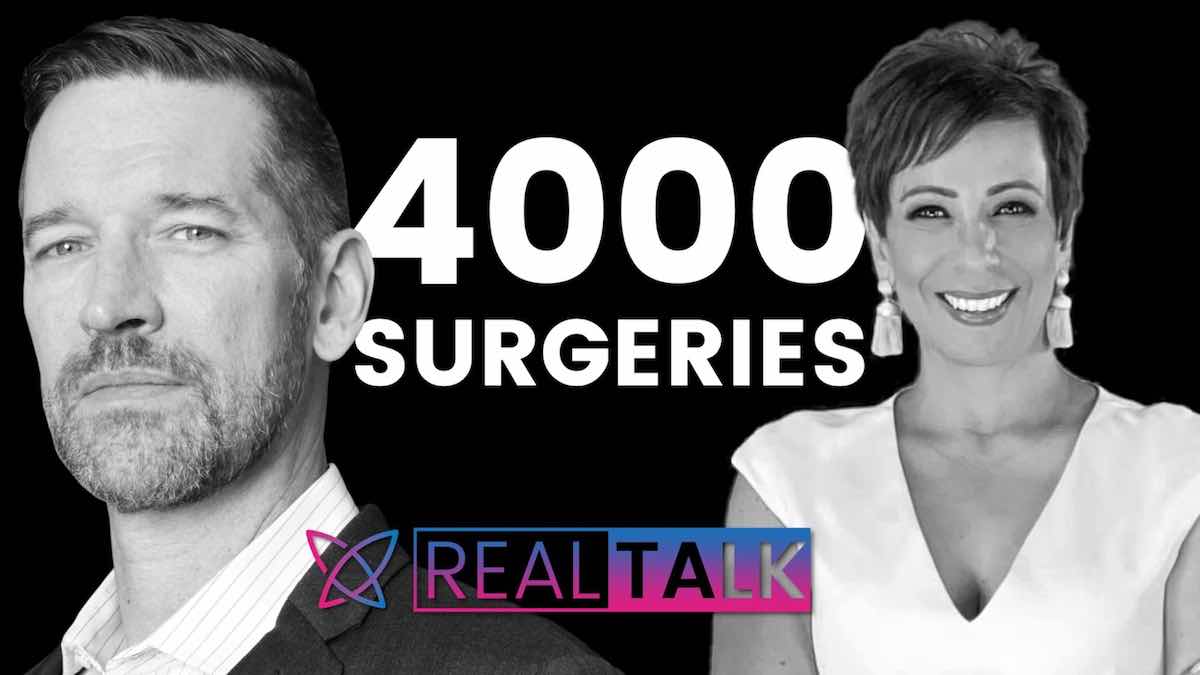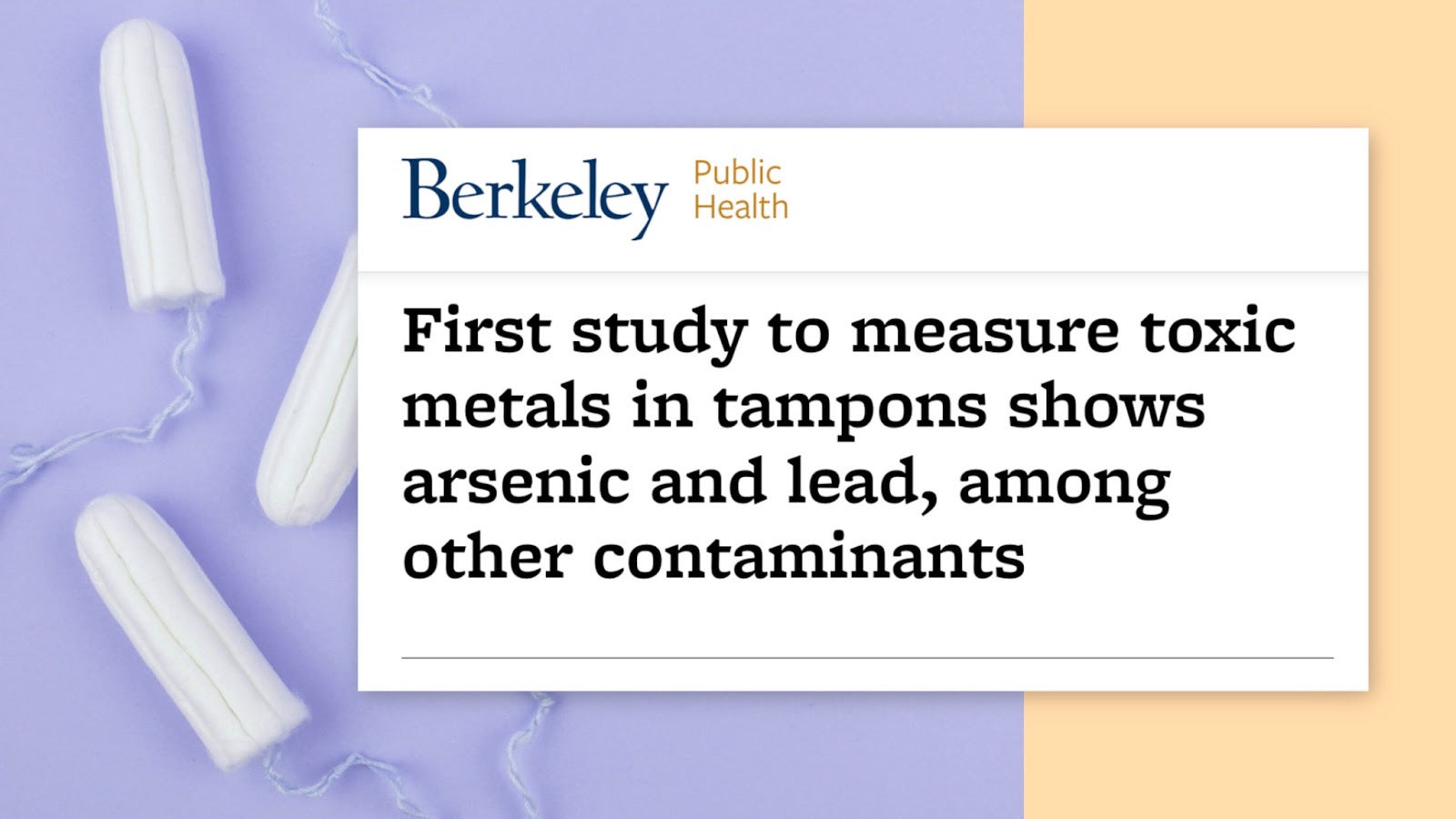Today, I want to take a deeper dive into my video about a rare form of fibroid cancer: leiomyosarcoma. This has generated a lot of questions in the comment section. So honestly, leiomyosarcoma is probably a word you’ve never even heard of — unless you’re being faced with that diagnosis. So let’s talk with my friend and colleague Dr. Marc Winter about how to manage large fibroids, what to do in the event of a cancer diagnosis, how to refer, what the treatment options are, complications, and more. A special thanks to everyone who has shared (and is sharing) their story in the comment section of our videos. Let’s do this.
Don’t have time to read this post? Watch the video here instead!
Dr. Marc Winter:
We were using what’s called the power morcellator, which is an instrument with a circular blade that cuts tissue into thin little strips. So you can get big things out through little incisions.
Doctor Rich:
So that would allow you to do a minimally invasive surgery through little tiny incisions and yet still be able to remove very large specimens (very large fibroids)?
Dr. Marc Winter:
Exactly! And we were able to remove these large specimens in a way where people could go home the same day, recover quicker, get back to work quicker, and feel better much quicker! Plus, we showed (through one study we published on hysterectomy) that the complication rates of doing it that way were actually lower and that we got better results doing things in that fashion.
Doctor Rich:
But what did the FDA end up doing about this device that would assist in removing the fibroid through tiny little incisions?
Dr. Marc Winter:
So the FDA didn’t outlaw or remove the device from the market — but they did put a black box warning just to warn doctors about the potential harm of the device. This was an interesting thing that I’ll get to in a minute. But they warned about the harm of the device, and they suggested that women near menopause — roughly 50 and older — think twice about having this device used with their surgery. For younger women, they advised that we should thoroughly counsel them about options and make sure that it’s a mutual shared decision (between the patient and us) as to which way to take out the fibroid.
As for us, it meant talking about alternatives to using a morcellator — and we actually have come up with some really good alternatives. I think most of us now put fibroids in an enclosed environment. We actually put a containment pouch inside the abdominal cavity. Then we can put the fibroids in that pouch and remove the fibroid within the pouch. One way we can do this is by pulling the tissue up and cutting it into little pieces. But all that cutting of the tissue all remains in that containment pouch — so it can’t get thrown all around the body inside. The other way is to still use a power morcellator, but again, within this containment pouch — putting a camera in from the side in kind of a tricky way so we can look under direct visualization and still use it. But either way, keeping things in an enclosed environment.
So the FDA actually encouraged using an enclosed environment to remove fibroids — if it was being done in a minimally invasive way.
Doctor Rich:
And what was the net result of this black box warning for your, you know, average practicing physician? Did they have access to the morcellator, or pretty much it went away?
Dr. Marc Winter:
Yeah, pretty much went away in most places around the country. There are certain areas where it’s still used in certain situations: for when fibroids aren’t there or, or people who have adapted this contained approach. But for the most part, it’s gone away.
What’s really interesting to me is that a lot of surgery is being done — how to say — you and I have spent a lot of time (because this is our subspecialty) and we try to figure out what’s the best thing for our patients. And we’ve taken the time to really learn these techniques. In fact, we teach these techniques to other physicians. So that’s a difference where a lot of other physicians have said, “You know what, I’m just not gonna bother anymore. I’m just gonna go back to doing things as an open procedure with big incisions, like a C-section kind of incision.”
So kind of interesting! When people looked at the net effect of that — several years after that went into effect — the results showed that the rate of open procedures (or with the big incisions) went up significantly. And the complication rate from hysterectomies went from 1.9% to 2.4% (when you look at all major complications).
Doctor Rich:
So you’re saying that (for a lot of providers) it was too much of a challenge to learn a new technique. And in their hands, the safest thing to do was just to do an open incision. And although the black box warning was well-intentioned, the net effect of that was actually that we increased complication rates nationwide — simply by virtue of the fact that open surgery is associated with more complications than minimally invasive surgery.
Dr. Marc Winter:
Exactly. And that’s been probably the biggest frustration of this whole thing.
Doctor Rich:
The unfortunate fact is that if someone has that diagnosis — they have a very low survival already. And that has nothing to do with the method in which it’s removed. The issue — the harm — comes in when you use this device and you remove the fibroid in pieces. And as you mentioned, the pieces can then fall down inside the abdomen and spread the disease.
So it’s already a bad disease — but then it actually becomes a little bit worse because it’s spread throughout the abdomen.
Dr. Marc Winter:
Yeah. Exactly. And it’s one of those things — there’s gonna be some spread of cells just by doing any kind of surgery. So that’s one of the things about these bags I really like because now we’re not gonna see that.
But yeah. There were so many misconceptions when that came out that, ”Oh, the morcellator is going to give me cancer!” No, it doesn’t work that way. And if you’re one of the few (one in 1,500 to one in 2,000) that has that — it’s one of those unfortunate conditions no matter what you do, it’s difficult to treat.
Doctor Rich:
Again, a big thank you to Marc Winter for helping us tackle this difficult topic. If people wanted to get a hold of you, what’s the best way?
Dr. Marc Winter:
Probably the easiest way is through my practice website, which is ocwmg.com.
Doctor Rich:
Thank you for watching our video on leiomyosarcoma and for sharing your stories online. Please remember to subscribe and share with someone who needs this information.




